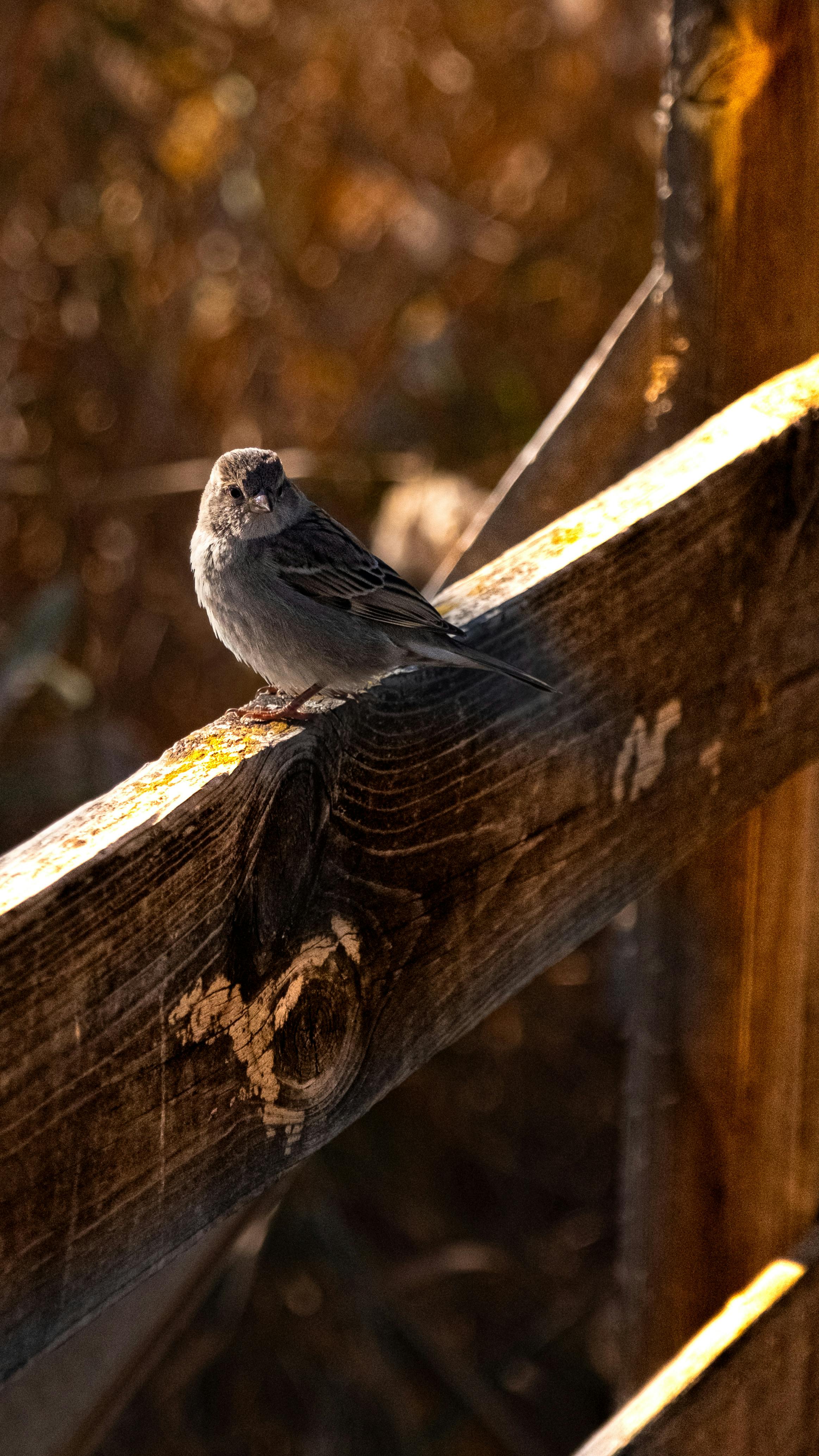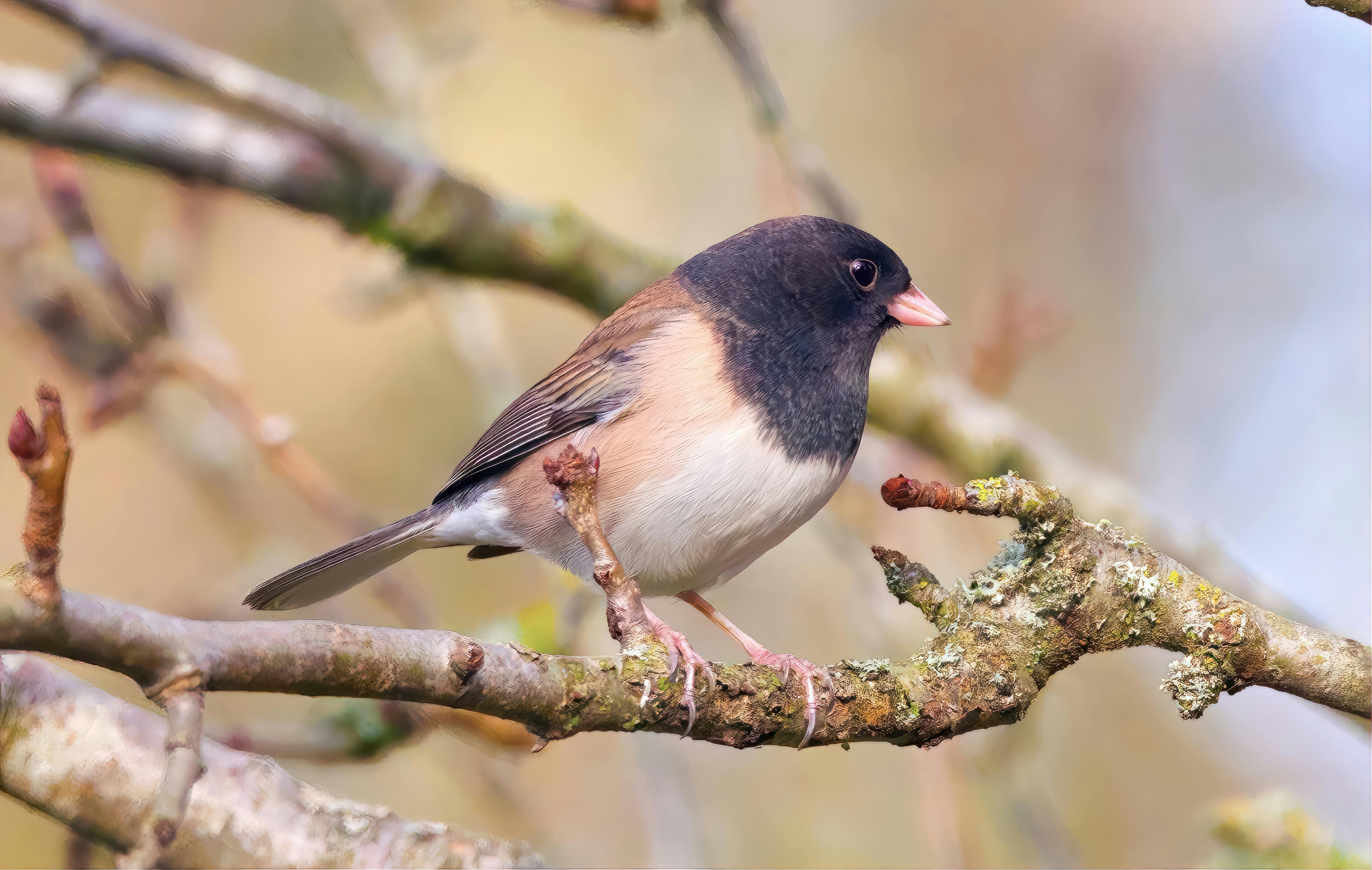If you want to attract more birds to your backyard, consider investing in nutritious peanut feeders. Brands like Kaytee, Perky-Pet, Droll Yankees, Wagner’s, Brome Bird Care, and many more offer a wide selection of high-quality bird feeders and accessories. From squirrel-proof feeders to premium bird food products, there are options for every bird enthusiast. By providing birds with a reliable source of nutritious peanuts, you can create a welcoming environment that will attract a wide variety of beautiful songbirds to your garden. Discover the joy of birdwatching and add some vibrant colors and cheerful melodies to your outdoor space with the help of peanut feeders.

Understanding the Popularity of Peanut Feeders
Peanut feeders have become increasingly popular among bird enthusiasts due to their numerous benefits for both the birds and the people who enjoy watching them. One of the main reasons why peanuts are favored as bird feed is because they are highly nutritious. Peanuts are packed with protein, healthy fats, and essential vitamins and minerals, making them an excellent energy source for birds.
Benefits of peanuts for birds
Birds need a diet that includes a variety of foods to stay healthy, and peanuts provide a valuable addition to their diet. The high protein content in peanuts helps birds build and repair their muscles, feathers, and other tissues. The healthy fats found in peanuts provide birds with a much-needed energy source, especially during harsh weather conditions and migration periods. Additionally, peanuts are rich in vitamins and minerals such as Vitamin E, niacin, and magnesium, which support overall bird health and help boost their immune system.
Common bird species attracted by peanuts
Peanuts are known to attract a wide range of bird species, making peanut feeders a popular choice for bird lovers. Common peanut-loving birds include woodpeckers, chickadees, nuthatches, Blue jays, and titmice. These birds have strong beaks that can easily crack open peanut shells, allowing them to access the nutritious nut inside. By incorporating peanut feeders into your bird feeding routine, you can have the pleasure of observing these beautiful and entertaining bird species up close.
Using shell-on vs. shelled peanuts
When it comes to filling your peanut feeders, you have the choice between shell-on peanuts and shelled peanuts. Shell-on peanuts provide birds with an additional source of stimulation as they have to work to crack open the shells to get to the nut inside. This can help keep birds entertained and mentally stimulated. However, shelled peanuts are a more convenient option as they are already de-shelled, allowing birds to access the nuts easily. The choice between shell-on and shelled peanuts ultimately depends on your preference and the types of birds you want to attract.
Guide to Choosing the Right Peanut Feeders
Choosing the right peanut feeder is crucial to attract the desired bird species and ensure their safety and comfort while feeding. Here are some important features to consider when selecting a peanut feeder.
Important features of a peanut feeder
-
Mesh Design: Opt for a peanut feeder with a mesh design, which allows birds to easily cling onto the feeder while accessing the peanuts. This design helps accommodate birds of different sizes and prevents larger birds from monopolizing the feeder.
-
Squirrel-Proofing: Consider a peanut feeder that is designed to deter squirrels and other unwanted visitors. Look for feeders with mechanisms that block access to the peanuts when triggered by the weight of a squirrel.
-
Weather-proofing: It is essential to choose a peanut feeder that can withstand various weather conditions. Look for feeders made from durable, weather-resistant materials such as stainless steel or UV-resistant plastic.
Proper size and material
The size of the peanut feeder you choose should correspond to the types of birds you wish to attract. Larger feeders are suitable for attracting Woodpeckers and jays, while smaller feeders work well for chickadees and nuthatches. Additionally, consider the materials used in the construction of the feeder. Stainless steel and metal feeders are durable and resistant to damage, while plastic feeders are lightweight and easy to clean.
Consideration for different types of birds
Different bird species have varying feeding behaviors and preferences. Consider the specific needs and behaviors of the bird species you want to attract when choosing a peanut feeder. Some birds, like woodpeckers, prefer vertical feeders that allow them to cling to the side while eating. On the other hand, blue jays and chickadees prefer feeders with perches where they can comfortably sit while enjoying their peanuts. Understanding the feeding behaviors of the birds you want to attract will help you select the most suitable peanut feeder.

Top Recommended Peanut Feeder Brands
When it comes to choosing a peanut feeder, there are several reputable brands that offer high-quality options. Here are some of the top recommended peanut feeder brands:
1. Kaytee’s Peanut Feeders
Kaytee specializes in bird seeds, feeders, and accessories. Their peanut feeders are designed with durability and functionality in mind, ensuring that birds can easily access the peanuts while keeping squirrels at bay.
2. Perky-Pet Peanut Feeders
Perky-Pet is known for its wide range of bird feeders. Their peanut feeders are designed to accommodate various bird species and feature innovative squirrel-proof mechanisms to protect the peanuts.
3. Droll Yankees Peanut Feeders
Droll Yankees offers high-quality bird feeders, especially for songbirds. Their peanut feeders are built to withstand harsh weather conditions and are designed to attract a variety of bird species.
4. Stokes Select Peanut Feeders
Stokes Select provides bird feeders, birdhouses, and bird seed. Their peanut feeders are known for their durability and innovative designs, ensuring that birds can access the peanuts easily.
5. Brome Bird Care Peanut Feeders
Brome Bird Care is renowned for its squirrel-proof bird feeders. Their peanut feeders incorporate squirrel-proof mechanisms while still allowing birds to easily access the peanuts.
Homemade Peanut Feeders and DIY Ideas
Creating homemade peanut feeders can be a fun and rewarding project. Here is a guide on how to make your own peanut feeder using common materials and tools.
Materials and tools needed
To create a homemade peanut feeder, you will need the following materials and tools:
- Empty plastic bottle or PVC pipe
- String or wire
- Scissors or a knife
- Peanut butter
- Birdseed or crushed peanuts
Step-by-step guide to create a DIY peanut feeder
-
Start by cleaning and drying the plastic bottle or PVC pipe. Remove any labels or stickers.
-
Using the scissors or knife, cut a small hole near the bottom of the bottle or pipe. This will serve as the opening for the birds to access the peanuts.
-
Attach a string or wire to the top of the bottle or pipe, making sure it is secure.
-
Apply a generous amount of peanut butter around the opening of the bottle or pipe.
-
Roll the peanut butter-coated bottle or pipe in birdseed or crushed peanuts, ensuring that the coating sticks to the peanut butter.
-
Hang the homemade peanut feeder in a safe and accessible location, making sure it is out of reach from predators.
Safety tips when making homemade feeders
When creating homemade peanut feeders, it is important to prioritize safety for both the birds and yourself. Avoid using sharp objects or materials that can injure birds. Ensure that the feeder is securely fastened and does not pose any risk of falling or causing harm to birds. Regularly check the feeder for wear and tear and make any necessary repairs or replacements to maintain its safety.

How to Fill and Maintain Peanut Feeders
Properly filling and maintaining peanut feeders is essential to attract birds and keep them healthy. Here are some guidelines to follow:
Proper filling methods
When filling peanut feeders, it is important to do so with clean hands and utensils to prevent the transfer of bacteria or contaminants. Fill the feeders with fresh, high-quality peanuts that are free from mold or signs of spoilage. It is recommended to fill the feeders only partially to prevent the peanuts from becoming stale or attracting unwanted pests.
Regular cleaning and maintenance
Regular cleaning of peanut feeders is crucial to prevent the buildup of bacteria, mold, and other contaminants that can be harmful to birds. Clean the feeders with warm soapy water, ensuring that all residue and debris are removed. Rinse thoroughly and allow the feeder to dry completely before refilling.
Preventing mold and diseases
To prevent the growth of mold and the spread of diseases, it is important to regularly inspect the peanuts in the feeder. Remove any peanuts that show signs of mold or spoilage and discard them properly. Additionally, clean and disinfect the feeder regularly to prevent the accumulation of bacteria or fungi.
Strategic Location and Placement of Peanut Feeders
The location and placement of peanut feeders play a crucial role in attracting birds and ensuring their safety. Here are some considerations to keep in mind:
Ideal locations for peanut feeders
Place peanut feeders in areas that are easily accessible for birds, preferably near trees or shrubs where birds can find shelter. Placing the feeder near natural food sources, such as flowering plants or fruiting trees, can also attract a greater variety of bird species. It is important to choose a location that offers a clear view of the feeder for optimal bird-watching opportunities.
Height considerations
When determining the height at which to hang peanut feeders, consider the types of bird species you want to attract. For woodpeckers and other clinging birds, hang the feeder at a height that allows them to easily access the peanuts. For ground-feeding birds, consider placing a tray or platform beneath the feeder to catch any fallen peanuts.
Safety from predators
To protect the birds and peanuts from predators, place the feeder in a location that makes it difficult for squirrels and other small mammals to access. Consider using squirrel-proof mechanisms or hanging the feeder from a pole or wire that is not easily climbed by these animals. Additionally, keep the feeder away from areas where cats or other predators may lurk.

Combining Peanut Feeders with Other Types of Feeders
Combining peanut feeders with other types of feeders can be an effective way to attract a greater variety of bird species and cater to their specific feeding preferences. Here are some advantages of combination feeding and effective feeder combinations:
Advantages of combination feeding
Combination feeding allows you to provide a diverse range of foods that cater to different bird species’ dietary needs. By offering peanuts in addition to other types of bird feed, such as suet or nectar, you can attract a wider range of birds and increase the chances of observing unique species in your backyard. Combination feeding also provides birds with a more varied and balanced diet, ensuring their overall health and well-being.
Effective feeder combinations
Pairing a peanut feeder with a suet feeder is a popular combination that attracts both seed-eating birds and insect-loving species. The high protein content in both peanuts and suet is beneficial for birds, especially during breeding seasons and harsh weather conditions. Another effective combination is a peanut feeder alongside a nectar feeder, which attracts birds such as hummingbirds and orioles.
Balancing different feeder types
When combining different feeder types, it is important to consider the placement and spacing between feeders. Providing adequate distance between feeders can help minimize competition among birds and prevent overcrowding. Additionally, regularly monitor the feeders to ensure they are adequately stocked and to prevent the buildup of stale or spoiled food.
Attracting Species-Specific Birds with Peanut Feeders
Peanut feeders can be customized to attract species-specific birds based on their feeding preferences and behaviors. Here are some tips on attracting specific bird species using peanut feeders:
Peanut feeders for Woodpeckers
Woodpeckers are attracted to peanuts due to their high protein content and the challenge of extracting them from the shells. To attract woodpeckers, choose a peanut feeder with a vertical design that allows them to grip the sides and easily access the peanuts. Consider placing the feeder near tree trunks or branches to mimic their natural feeding behavior.
Peanut feeders for Blue Jays
Blue jays are known for their voracious appetite and their love for peanuts. To attract blue jays, opt for a peanut feeder that has large perches or trays where they can comfortably sit and crack open the peanuts. Blue jays also prefer feeders that are sturdy and large enough to accommodate their size.
Peanut feeders for Chickadees
Chickadees are acrobatic little birds that enjoy hanging upside down while feeding. To attract chickadees, choose a peanut feeder with small perches or a mesh design that allows them to cling onto the feeder. Hang the feeder at a height that is easily accessible for these small birds and place it near shrubs or trees where they can find cover.
Dealing with Unwanted Visitors at Peanut Feeders
Unwanted visitors such as squirrels and large bird species can disrupt the feeding habits of smaller birds and deplete the peanuts in the feeders. Here are some tips on dealing with these intruders:
Preventing squirrel intrusion
To prevent squirrels from accessing the peanuts, choose a peanut feeder with squirrel-proofing mechanisms such as weight-activated barriers or cages. These mechanisms prevent squirrels from reaching the peanuts while still allowing birds to easily access the food. Additionally, consider placing the feeder away from structures or trees that squirrels can climb to gain access.
Managing large bird species
Some larger bird species, such as grackles or starlings, can crowd out smaller birds and deplete the peanuts in the feeders. To manage these species, consider adjusting the feeder openings to only allow access to smaller birds. This can be achieved by using feeders with small mesh sizes or feeders that require birds to maneuver in a specific way to access the peanuts.
Avoiding feeder overcrowding
Feeder overcrowding can lead to competition and potential conflicts among birds. To avoid overcrowding, provide multiple peanut feeders spaced apart to distribute the feeding areas. This helps ensure that all birds have access to peanuts without feeling threatened or crowded by others. Regular monitoring of the feeders can also help prevent overcrowding and allow for adjustments if necessary.
Adapting to Seasonal Changes in Peanut Feeding
Peanut feeding needs to be adapted to accommodate seasonal changes in bird behavior and dietary needs. Here are some tips for adjusting peanut feeders based on the season:
Adjusting peanut feeding in different seasons
During breeding seasons, birds require higher amounts of protein and energy to support their reproductive activities. Increase the amount of peanuts in the feeders during these periods to provide the extra nourishment needed. In colder months, when natural food sources are scarce, increase the frequency of filling the feeders to ensure birds have a consistent and reliable food source.
Winter feeding tips
In winter, it is important to regularly clean and maintain peanut feeders to prevent the buildup of mold or spoilage. Snow and ice can also accumulate around the feeders, making it difficult for birds to access the peanuts. Clear away any snow or ice to ensure that the feeders remain accessible. Additionally, consider adding a heated bird bath nearby to provide birds with a water source during freezing temperatures.
Keeping peanut feeders full during migration periods
Migration periods bring an influx of birds passing through your area. To attract migrating birds, ensure that your peanut feeders are consistently filled with fresh peanuts. Migrating birds rely on reliable food sources to fuel their long journeys, and your peanut feeders can provide them with the much-needed energy boost.
By understanding the popularity of peanut feeders, choosing the right feeder, filling and maintaining them properly, strategically placing them, combining them with other feeders, attracting specific bird species, managing unwanted visitors, and adapting to seasonal changes, you can create a welcoming and nourishing environment for birds in your backyard. Peanut feeders not only provide birds with a nutritious food source but also offer hours of enjoyment and observation for bird enthusiasts. So sit back, relax, and enjoy the sights and sounds of beautiful birds flocking to your peanut feeders!
